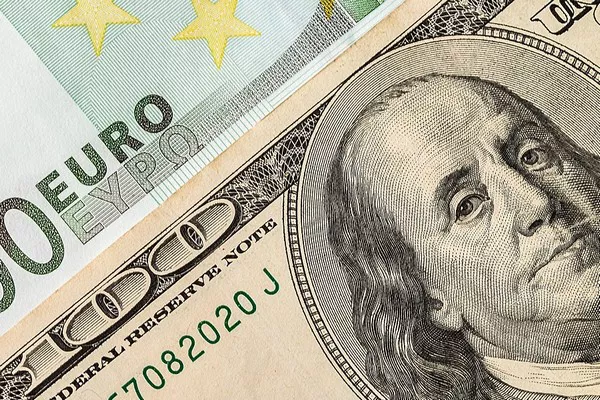The U.S. dollar held steady near a two-week high on Wednesday, extending its gains from the previous day. The rally was supported by elevated U.S. Treasury yields and a cautious sentiment that affected Wall Street.
With Japanese markets closed for a holiday, trading remained relatively subdued. Investors awaited crucial U.S. economic releases scheduled for later in the day, including the minutes from the Federal Reserve’s December meeting.
The euro, in contrast, was marginally up by 0.12% against the dollar, reaching $1.0954. This followed a 0.95% drop on Tuesday, marking its most significant daily decline since July. The dollar index, which measures the currency against six major peers, slightly decreased to 102.18. However, it retained most of the previous day’s gains of 0.86%.
The close of the previous year saw a surge in risk appetite, driven by decreasing inflation and a dovish tilt in the Federal Reserve’s December policy meeting. This led to expectations of U.S. rate cuts in 2024, causing a decline in the greenback and triggering a rally in Treasuries and stocks. The dollar index hit a five-month low of 100.61 last week.
The optimistic mood at the end of December did not carry over into the New Year. On the first trading session of 2024, the S&P 500 and Nasdaq Composite closed lower, influenced by significant tech names. Treasury yields rose as prices fell, enhancing the appeal of U.S. debt and propelling the dollar higher.
Alvin Tan, head of Asia FX strategy at RBC Capital Markets, remarked on the December market movements, stating that the markets may have been overly optimistic about imminent Fed cuts in the first quarter, leading to the dollar’s decline. Tan suggests that this reversal could persist for some time.
The U.S. dollar was last up by 0.43% against the Japanese yen, reaching 142.57 to the dollar, building on the previous day’s gain of 0.82%.
Investors are closely monitoring the minutes from the Federal Reserve’s December meeting, set to be released at 1900 GMT (2 p.m. ET), for insights into the central bank’s plans regarding rate cuts in 2024. Additionally, data on U.S. job openings for November and a survey-based gauge of the manufacturing sector could impact the markets.
The New Zealand dollar, often considered a proxy for risk appetite, showed a slight increase of 0.11% to $0.6259 after sliding to a two-week low of $0.6246 earlier on Wednesday. Sterling gained 0.21% to $1.2646, recovering slightly from a 0.87% slide in the previous session, marking its most significant daily fall in nearly three months.
Analysts attribute the prevailing risk-off sentiment, in part, to concerns over escalating geopolitical tensions. This follows the drone strike in Lebanon’s capital Beirut on Tuesday, resulting in the killing of Hamas deputy leader Saleh al-Arouri by Israel.


